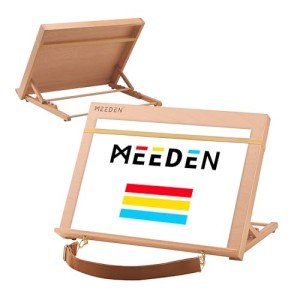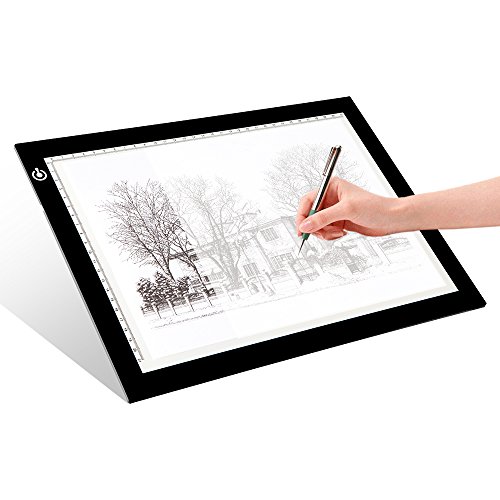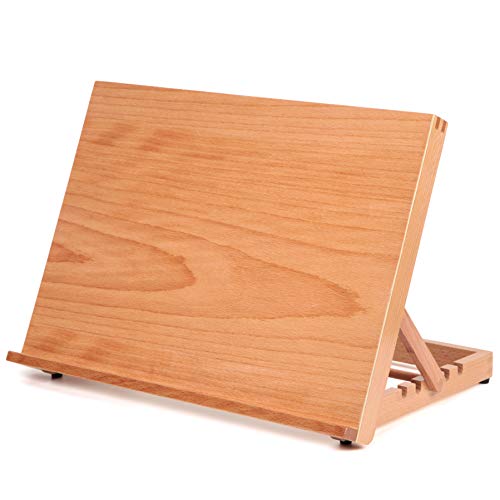The drawing board stands as a silent yet indispensable partner to artists and architects. It's more than just a flat surface; it's a space where ideas take shape, where visions turn into tangible creations. This article explores the drawing board's role in art and architecture, highlighting its importance in the creative process.
The Drawing Board: A Foundation for Creativity
A drawing board is a flat, often rectangular board on which artists and architects lay their paper to draw or paint. It provides a stable and sturdy surface, essential for precise and detailed work. Drawing boards come in various sizes and materials, catering to different artistic needs, from small, portable boards for sketching to large, stationary boards for comprehensive architectural plans.
Types of Drawing Boards and Their Uses
Drawing boards can be classified into several types:
Portable Drawing Boards: Lightweight and easy to carry, these are ideal for artists on the go.
Desktop Drawing Boards: Designed to sit on a desk, they often come with adjustable angles for comfort.
Free-Standing Drawing Boards: Larger and more robust, these are used for detailed architectural and technical drawings.
The Artist's Companion: Drawing Boards in Art
For artists, a drawing board is more than a tool; it's a companion in the creative journey. It provides the ideal surface for sketching, drawing, and painting, allowing artists to work with precision. The board's stability helps in achieving uniform strokes and lines, crucial for detailed artwork.
Architectural and Technical Drawing: Precision and Stability
In architectural and technical drawing, the drawing board is indispensable. It allows for the accurate drafting of plans and elevations. The use of parallel rulers and T-squares on a drawing board ensures precision, an essential aspect of technical drawings.
Ergonomics and Comfort in Creative Work
A significant advantage of drawing boards, especially adjustable models, is the ergonomic comfort they offer. Artists can adjust the board's angle to suit their posture, reducing strain on the back and neck during long hours of work. This ergonomic design not only provides comfort but also enhances focus and productivity.
Drawing Boards in the Digital Age
Even in the digital age, where digital tablets and software are prevalent, the drawing board remains relevant. Many artists and architects begin their projects on a drawing board before digitizing their work, appreciating the tactile connection and control that traditional drawing offers.
The Timeless Importance of the Drawing Board
The drawing board is a testament to the timeless nature of artistic creation. It bridges the gap between the artist's mind and the physical world, providing a foundation for ideas to become reality. In every line drawn and every sketch made, the drawing board plays a crucial role, underscoring its enduring significance in the world of art and architecture.


